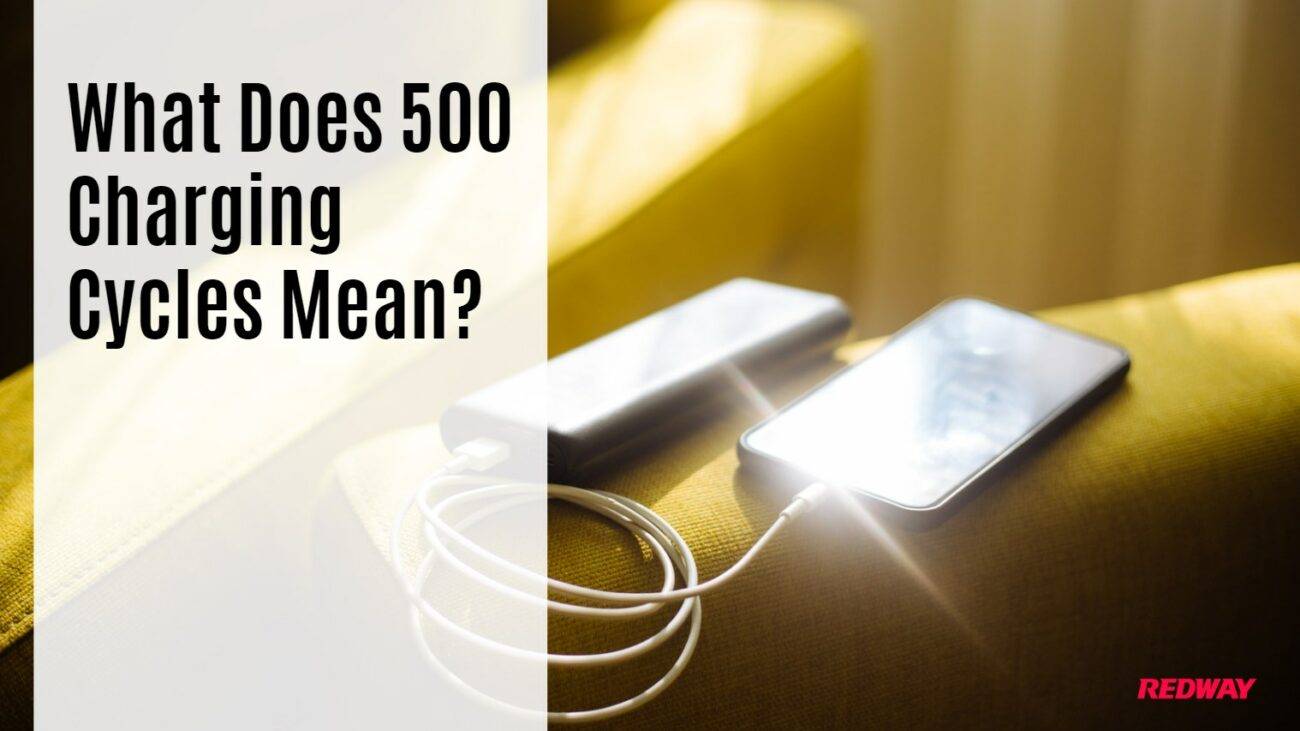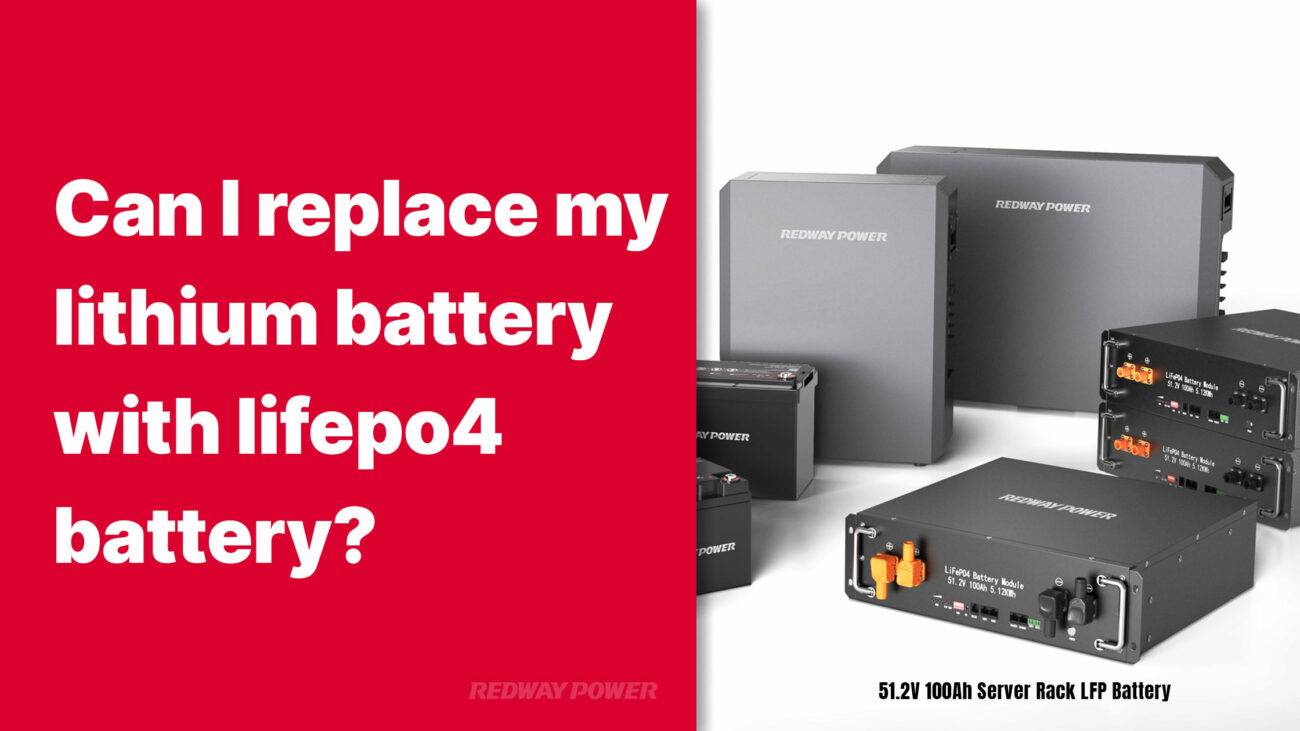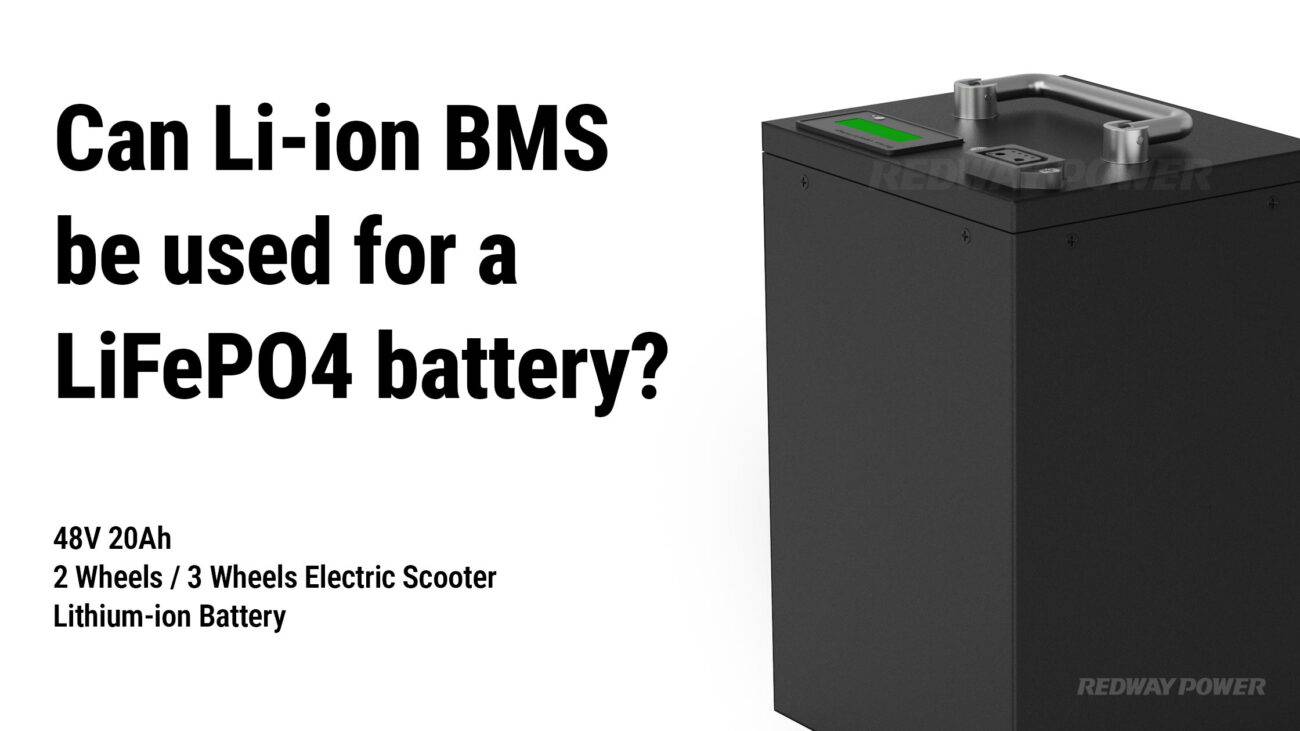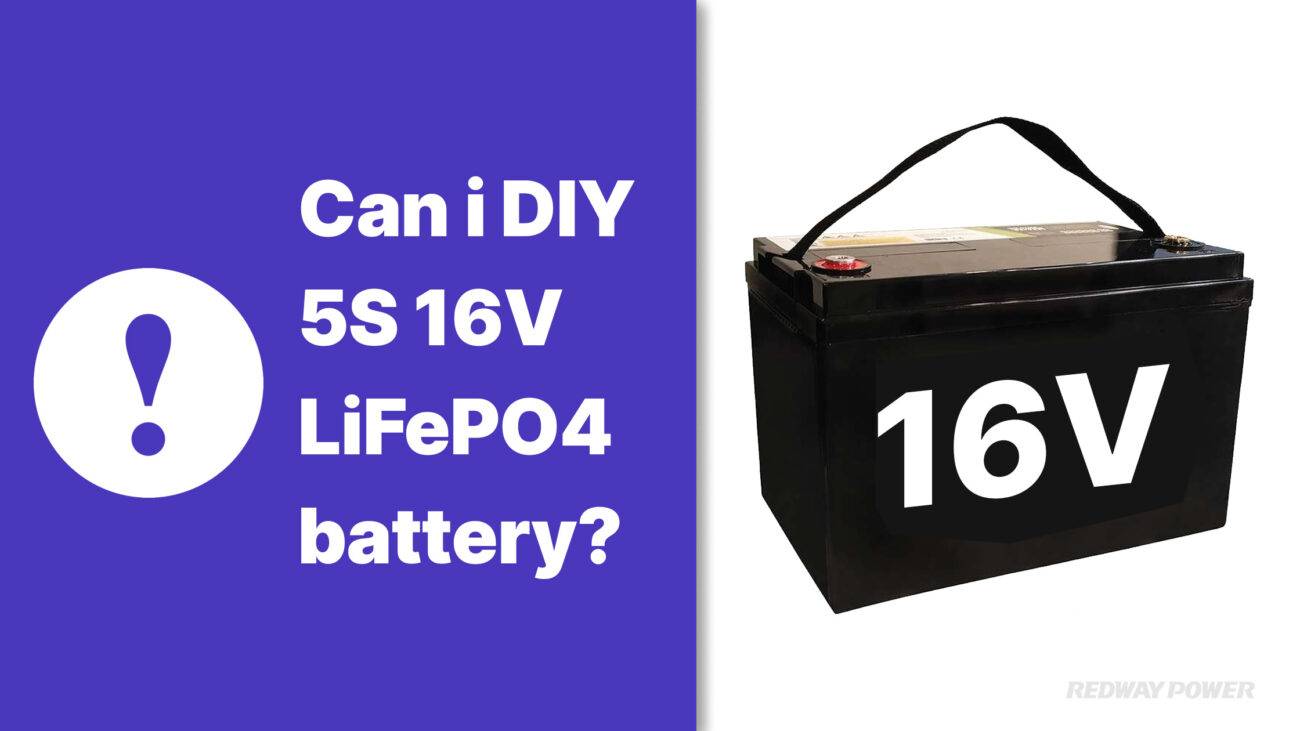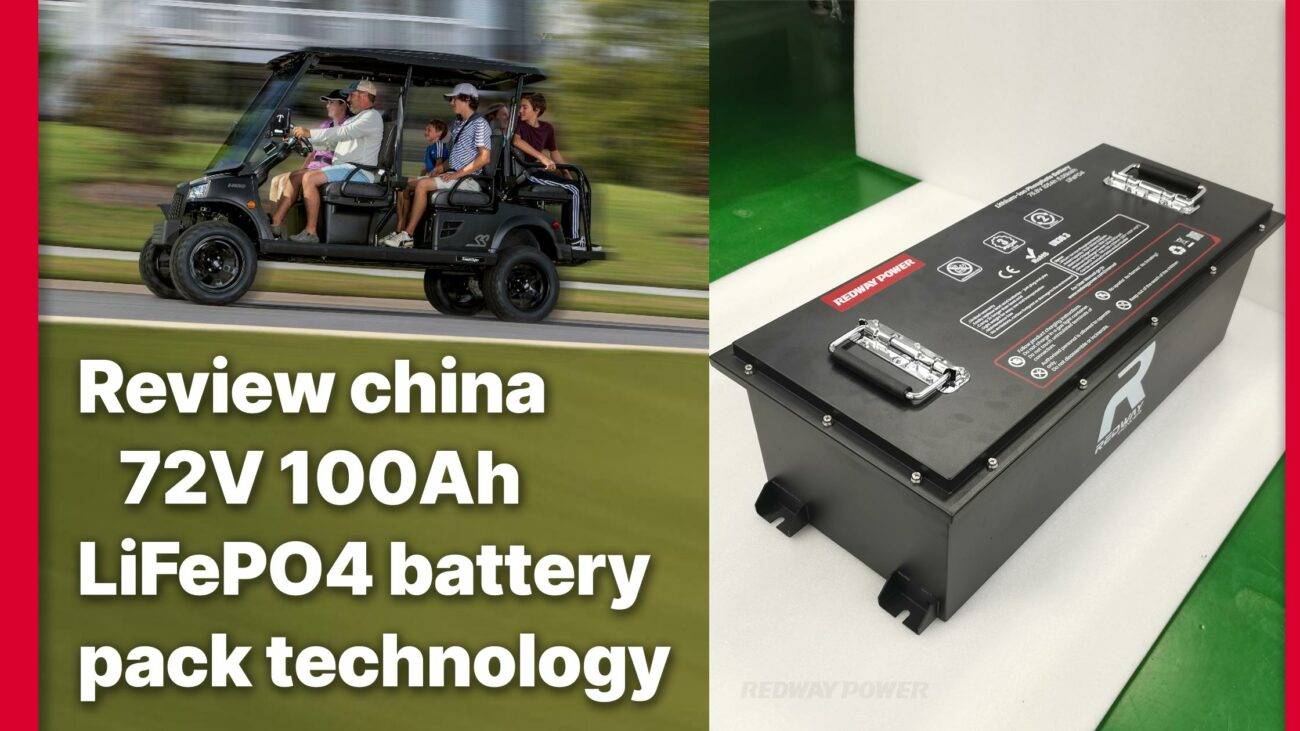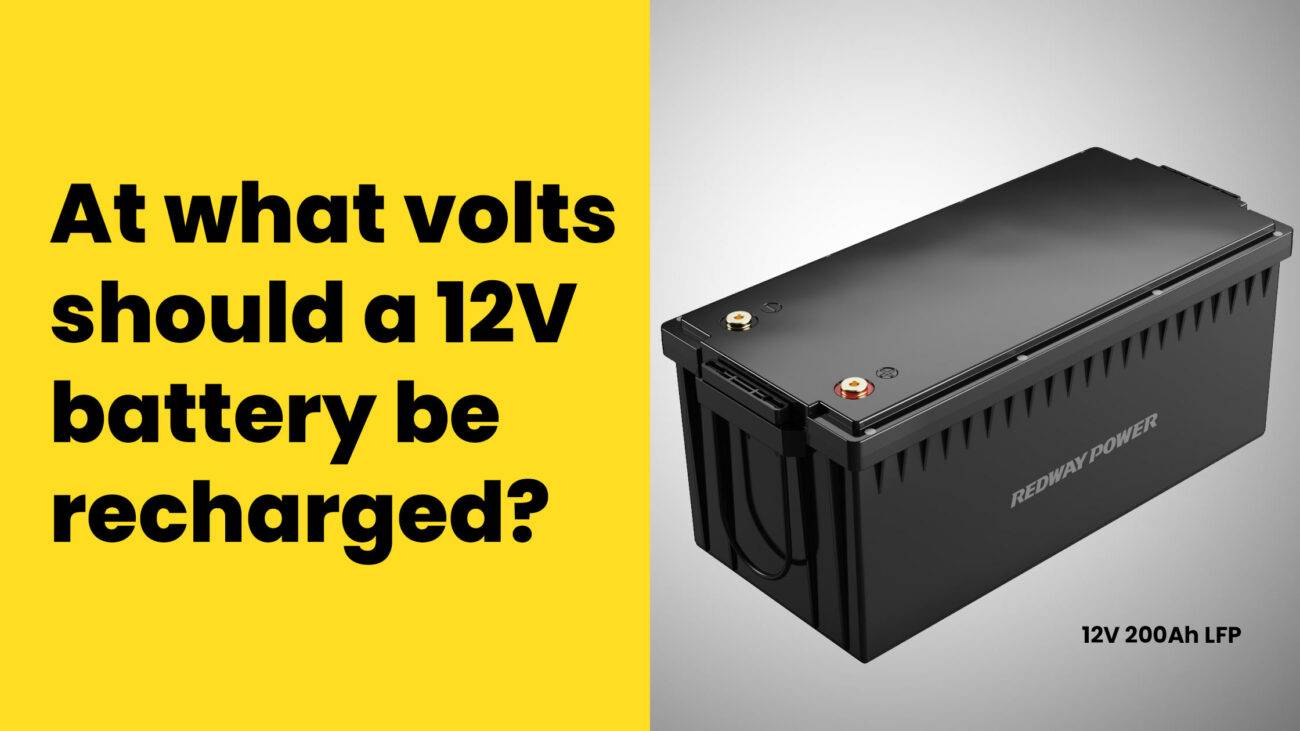- Rack-mounted Lithium Battery
- Golf Cart Lithium Battery
-
Golf Cart Lithium Battery
- 36V 50Ah (for Golf Carts)
- 36V 80Ah (for Golf Carts)
- 36V 100Ah (for Golf Carts)
- 48V 50Ah (for Golf Carts)
- 48V 100Ah (Discharge 100A for Golf Carts)
- 48V 100Ah (Discharge 150A for Golf Carts)
- 48V 100Ah (Discharge 200A for Golf Carts)
- 48V 120Ah (for Golf Carts)
- 48V 150Ah (for Golf Carts)
- 48V 160Ah (Discharge 100A for Golf Carts)
- 48V 160Ah (Discharge 160A for Golf Carts)
-
Golf Cart Lithium Battery
- Forklift Lithium Battery
- 12V Lithium Battery
- 24V Lithium Battery
- 36V Lithium Battery
- 48V Lithium Battery
-
48V LiFePO4 Battery
- 48V 50Ah
- 48V 50Ah (for Golf Carts)
- 48V 60Ah (8D)
- 48V 100Ah (8D)
- 48V 100Ah
- 48V 100Ah (Discharge 100A for Golf Carts)
- 48V 100Ah (Discharge 150A for Golf Carts)
- 48V 100Ah (Discharge 200A for Golf Carts)
- 48V 150Ah (for Golf Carts)
- 48V 160Ah (Discharge 100A for Golf Carts)
- 48V 160Ah (Discharge 160A for Golf Carts)
-
48V LiFePO4 Battery
- 60V Lithium Battery
-
60V LiFePO4 Battery
- 60V 20Ah
- 60V 30Ah
- 60V 50Ah
- 60V 50Ah (Small Size / Side Terminal)
- 60V 100Ah (for Electric Motocycle, Electric Scooter, LSV, AGV)
- 60V 100Ah (for Forklift, AGV, Electric Scooter, Sweeper)
- 60V 150Ah (E-Motocycle / E-Scooter / E-Tricycle / Tour LSV)
- 60V 200Ah (for Forklift, AGV, Electric Scooter, Sweeper)
-
60V LiFePO4 Battery
- 72V~96V Lithium Battery
- E-Bike Battery
- All-in-One Home-ESS
- Wall-mount Battery ESS
-
Home-ESS Lithium Battery PowerWall
- 24V 100Ah 2.4kWh PW24100-S PowerWall
- 48V 50Ah 2.4kWh PW4850-S PowerWall
- 48V 50Ah 2.56kWh PW5150-S PowerWall
- 48V 100Ah 5.12kWh PW51100-F PowerWall (IP65)
- 48V 100Ah 5.12kWh PW51100-S PowerWall
- 48V 100Ah 5.12kWh PW51100-H PowerWall
- 48V 200Ah 10kWh PW51200-H PowerWall
- 48V 300Ah 15kWh PW51300-H PowerWall
PowerWall 51.2V 100Ah LiFePO4 Lithium Battery
Highly popular in Asia and Eastern Europe.
CE Certification | Home-ESS -
Home-ESS Lithium Battery PowerWall
- Portable Power Stations
LiFePO4 Battery: Lifespan, Safety, Charging, Storage, etc
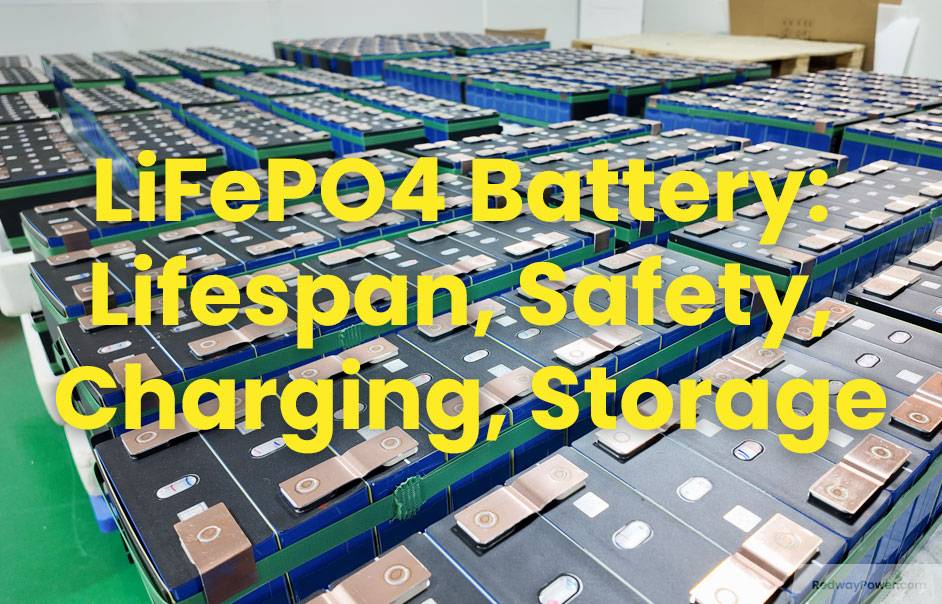
LiFePO4 batteries have become a revolutionary solution to meet your energy needs. Delve into this blog to understand their unparalleled efficiency, discover essential maintenance tips, evaluate potential fire hazards, make informed charger selections, and more.
How do LiFePO4 battery work?
LiFePO4 batteries, like lithium iron phosphate batteries, work by moving lithium ions between two electrodes. During charging, lithium ions move to the anode, creating free electrons. When discharging, they return to the cathode, generating electricity. These batteries offer durability, affordability, and safety benefits, making them a popular choice for various devices.
Explaining how LiFePO4 batteries work in simple terms:
- Lithium Ion Movement:
- LiFePO4 batteries use a special chemistry to store and release energy.
- Lithium ions move back and forth between the battery’s electrodes during charging and discharging.
- Generating Electricity:
- When the battery charges, lithium ions move to the anode, creating free electrons.
- During discharge, these electrons flow through a circuit, powering devices like phones and laptops.
- Benefits:
- LiFePO4 batteries are durable, affordable, and safer compared to other types of batteries.
- They’re widely used in various applications, from portable electronics to electric vehicles.
Comparing the Lifespan of LiFePO4 Batteries to Other Types Batteries
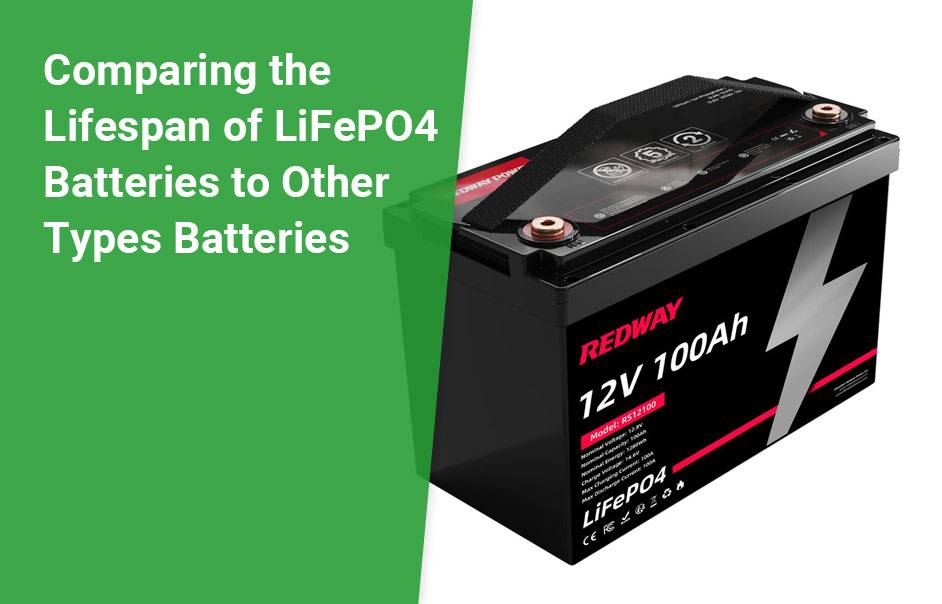
- Impressive Discharge Rates:
LiFePO4 batteries outperform by handling high discharge rates without significant capacity loss. This capability ensures a consistent delivery of power over an extended period, with minimal degradation. - Superior Energy Density:
With a higher energy density compared to lead-acid batteries, LiFePO4 batteries efficiently store and release more energy. This superior capacity results in longer operating times for devices relying on these batteries. - Memory Effect-Free:
In contrast to counterparts like lithium-ion or nickel-metal hydride batteries, LiFePO4 cells don’t suffer from the dreaded “memory effect.” Feel free to recharge them at any point during their discharge cycle without worrying about performance impacts.
Ensuring Optimal Storage and Maintenance for LiFePO4 Batteries
Explore these simple yet effective tips to ensure a longer lifespan and exceptional performance:
- Temperature Control: Maintain your LiFePO4 batteries within their optimal temperature range, ideally between 20-25 degrees Celsius. Extreme heat or cold can have adverse effects on their performance.
- Charge Level Sweet Spot: Keep the charge level between 40-60% when storing LiFePO4 batteries for an extended period. This range safeguards against over-discharge or overcharge, ensuring they remain ready for action.
- Moisture-Free Zone: Shield your batteries from moisture and high humidity, which can harm internal components. Opt for dry storage environments to preserve their integrity.
- Occasional Power Boost: If your LiFePO4 battery experiences downtime, provide a partial charge every few months to prevent deep discharge and maintain overall health.
- Handle with Care: Treat your batteries with utmost care, avoiding physical impacts or accidental drops. Mishandling can result in internal damage, compromising overall performance.
- Dedicated Storage: Utilize a storage container explicitly designed for LiFePO4 batteries to provide protection against external elements such as dirt, dust, or short circuits.
By following these straightforward guidelines, your LiFePO4 batteries will be poised to deliver reliable power without compromising safety or longevity!
How to Prevent and Avoid Fire Hazards in LiFePO4 Batteries
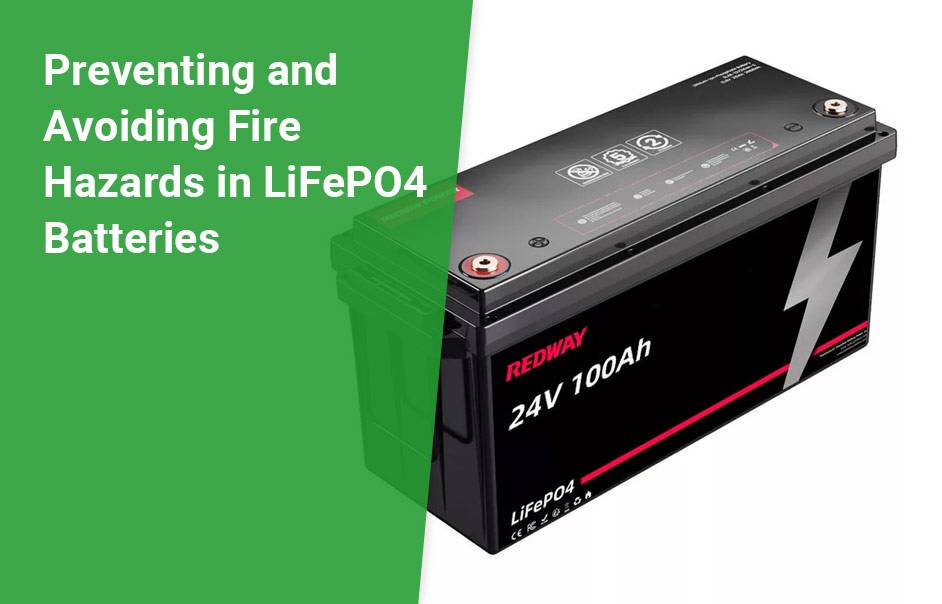
- Watch for Short Circuits: Ensure proper insulation around battery terminals to prevent short circuits. Contact with exposed metal objects can generate heat, leading to a fire. Handle terminals with care and maintain insulation to avoid this danger.
- Gentle Handling: Physical damage such as punctures or squeezing can cause internal short circuits. Handle LiFePO4 batteries with care, avoiding excessive force or twisting. Exercise caution to prevent accidents that may pose a fire hazard.
- Smart Charging: Use chargers specifically designed for LiFePO4 batteries to avoid overcharging. Exceeding the recommended voltage or charging rate may lead to thermal runaway, posing the risk of explosion or fire. Adhere to safety startup guidelines.
Here are key considerations to guide your charger selection:a). Voltage and Current Matching:- Check Specifications: Verify LiFePO4 battery voltage and current requirements.
- Choose Wisely: Select a charger that fully complies to prevent undercharging or overcharging, extending the battery’s lifespan.
b). Safety Features:
- Prioritize Safety: Choose chargers with overcharge protection and temperature monitoring.
- Enhanced Durability: These features prevent damage and enhance overall safety, ensuring a more durable battery.
c). Smart or Standard:
- Smart Technology: Consider the choice between smart and standard chargers.
- Efficient Charging: Smart chargers adjust parameters in real-time, ensuring efficient charging and minimizing stress on the battery.
d). Brand Reliability:
- Choose Trusted Brands: Opt for chargers from reputable brands known for quality and reliability.
- Integrated Technology: Trusted brands often integrate excellent technology and safety measures, prolonging LiFePO4 battery lifespan.
e). Additional Features:
- Check Compatibility: Ensure compatibility with other devices.
- Multiple Functions: Some chargers offer USB ports or multiple charging slots, facilitating simultaneous charging for multiple devices.
Additional Safety Tips:
- Store LiFePO4 batteries in a cool, dry place, away from flammable materials.
- Do not tamper with the built-in protection circuits of these batteries.
- If you notice swelling or signs of excessive heat during the charging process, discontinue use and dispose of them correctly according to local regulations.
Pros and Cons of LiFePO4 Battery (LFP Battery)
Discover the pros of LiFePO4 batteries (LFP batteries):
- Safety: Known for their stability, LiFePO4 batteries are safe and less likely to overheat or catch fire.
- Longevity: Withstanding numerous charge cycles, these batteries last longer, saving replacement costs.
- Performance: They deliver high discharge currents and maintain stable voltage, ensuring consistent device operation.
- Eco-friendly: LiFePO4 chemistry contains no harmful metals, making it environmentally friendly and safe for use.
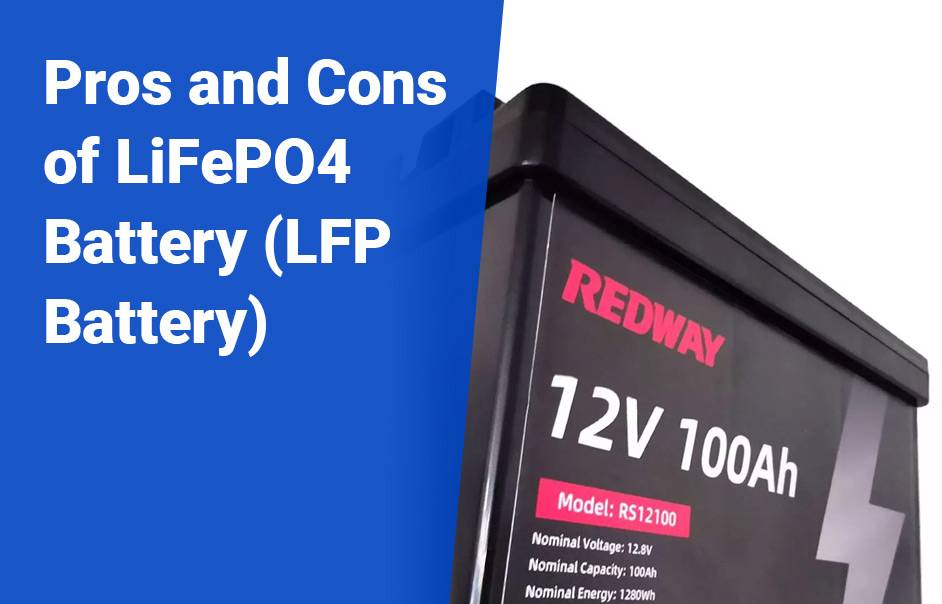
While LiFePO4 batteries have benefits, they also have drawbacks:
- Energy Density: They store less energy per unit volume than some batteries.
- Cost: They’re pricier than other batteries initially.
- Charging Speed: They charge slower than some batteries.
- Discharge Rate: They discharge at a slower rate.
- Temperature Range: Extreme temperatures affect efficiency.
- Balancing Issues: Cells may become unbalanced over time.
- Self-Discharge: They discharge faster during storage.
















